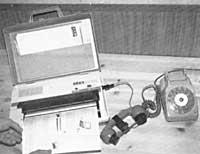There are eight figures that do!
1986/04/01 Aizpurua Sarasola, Joxerra Iturria: Elhuyar aldizkaria
Situation prior to innovation
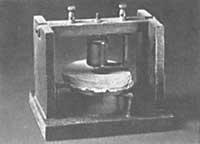
The numbers prior to innovation were six figures in the provinces and seven in Paris, L'Oise, Lyon, La Moselle and La Meurthe-et-Moselle. This form of numbering was invented in a planning of 30 years ago. However, those responsible for the French Telephones of the time had three options: a closed planning in which the number of figures of the numbers of a subscriber remained constant throughout the territory; an open planning, in which the number of figures of the numbers changed from one department to another; a semi-open planning, in which an intermediate one was chosen between the two mentioned plans.
In 1955, France chose closed planning. Thus, in France there were 65 zones of six figures (i.e., taking into account that each figure can pass from O to 9, 10 6 . 65 = 65 million theoretically possible phones and four seven-figure zones (i.e., 10 7 .4=40 million possible numbers).
However, although theoretically they were 105 million (65+40) of useful numbers, in fact only 32 million could be used. In Paris, for example, 10 million theoretical numbers could be used 4 million and in provinces from one million to 384,000 numbers.
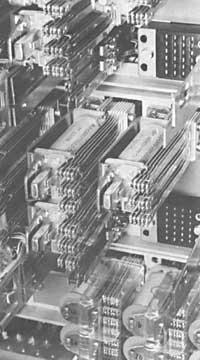
These losses are due to:
- the geometrical increase in the number of new subscribers (1.3 million in 1984) due to the strong development of new telephone uses (Minitel, telecopie, modem,...)
- Because the companies fulfill 15 of the numbers in their different services.
Why has the open system not been chosen?
It has already been mentioned above that the renewal of the telephone network could be done in three different ways. In Japan, for example, the open system was used. Why not in France?
Two are the main reasons for accessing the closed system.
On the one hand, because it would be very expensive and, on the other, because the French switch (50% electromechanical) does not admit for itself this type of change, since for at least ten years (time necessary to renew the electronic power plants) it would have to continue with the current closed system.
Claude Peyradel, who participates in this renewal, said: "With this planning the financial resources and the needs of customers are balanced." Therefore, on November 25, 1985 at eleven o'clock in the evening, the change was made thanks to 22,000 technicians.
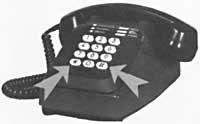
But this revolution will last for a short time, because in the words of Claude Peyradel, within ten years you must go to 9 or 10.
New possibilities for new possibilities
In a previous section we mentioned the new uses of phones: minitel, modem, telecopie... But there are other more common possibilities that will complete the core of this section.
The keyboard of the new phones not only has O numbers at 9, but two special symbols. These are "*" and "#". Through these symbols, the uses of phones are expanded.
Suppose we want to receive in the office all the calls made to your home. For this purpose, the "temporary conversion" service will be used. To be able to use this service, take the home phone and after hearing the signal, dial "*21 *" and then the phone number to which you want to receive calls, finally by clicking "#" From now on the calls made to your home will be transferred to the telephone number indicated above.
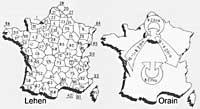
Your phone may receive many calls and you want to answer them all. If so, you can use the service to save the call signal ". To do this, mark "*43#" and point. From there, when you're talking on the phone, if someone calls you, you'll hear a long and continuous sound in the device, so it's still in your hands to talk to the first one or move on to the new call.
And if you'd like to wake up at seven and a half in the morning, just dial "*55*" followed by "07 30".
Logically, with the mentioned services does not end the area of use of the phone and in the coming years will be invented other new ones. But. To say that these services have a high cost and that the apparatus and the central one must meet special characteristics, makes us put our feet on the floor and wake up from sleep. Eye! Many times today's dreams go out of fashion past past tomorrow.
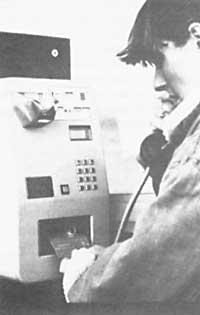
Through the telecom card you can call from the cabins enabled for it. To do this, dial number 10 and assign the card number to the operator. The cost of the call is charged to the assigned number. The telecom card can be of three types: national, international and corporate. The latter allows to call ten different numbers. Yes, if the cabin is ready to read the cards, you won't have to call the operator.
In these cabins you can also use telecarteras cards that can store steps "40 to 120", so you can call until all steps are burned.

Gai honi buruzko eduki gehiago
Elhuyarrek garatutako teknologia




